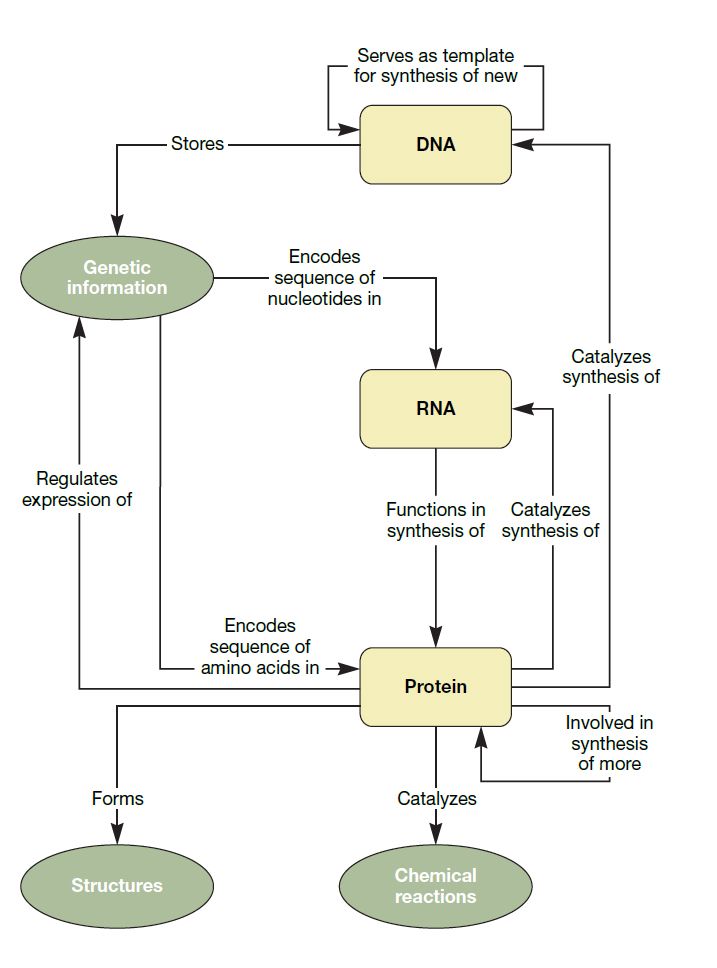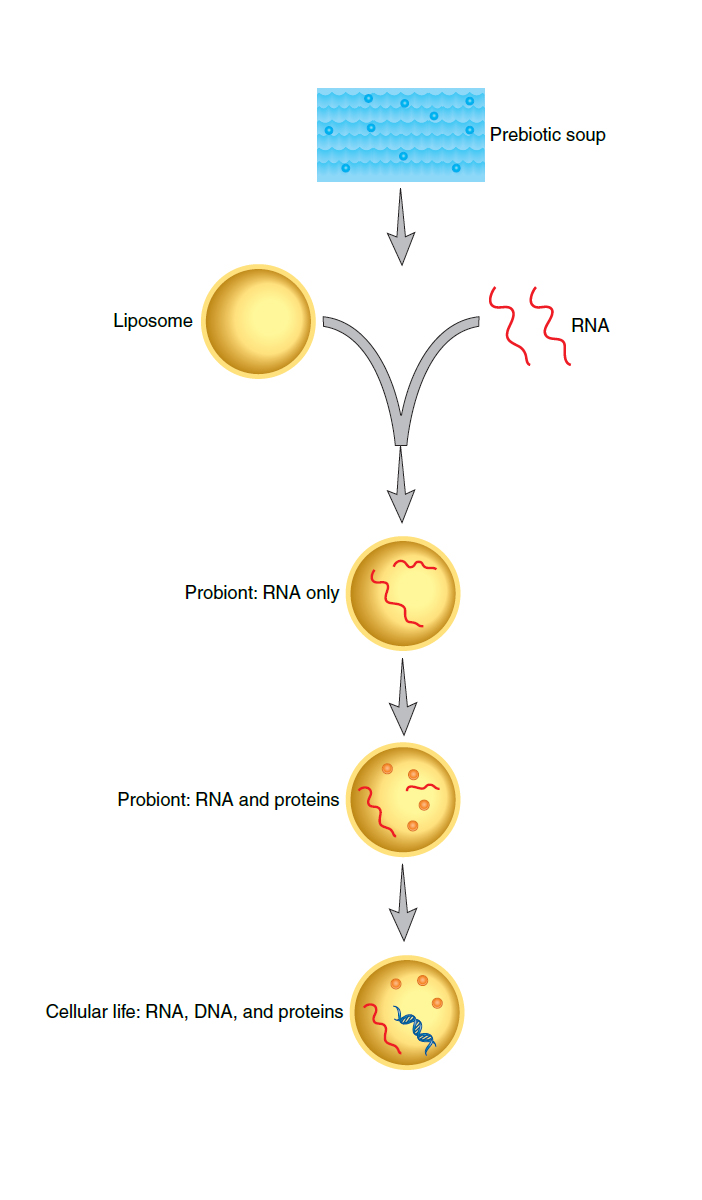Origin of Life
Sep 12, 2020
Life is ranging from simple to complex had a single origin in the distant past.
Origin of Life
One biggest question arises in everyone mind that how life began? At the initial begin simple organisms arise and proceed to the complex life after evolution. According to Darwin’s theory of evolution by natural selection that there is not necessarily a ladder of progress from simple to complex forms. Which gave us a conclusion that all life ranging from simple to complex had a single origin in the distant past.
For a simple organism to sustain it should have an ability to perform metabolism i.e. obtain and use of energy, and reproduce. Extant organisms i.e. organisms present today are used to explore the origin of life. Some of them have structure and molecules that represent relics of ancient life form. There are numerous chemicals that are dissolved and subcellular structures float in the water enclosed by plasma membranes. The fossil record is the best direct evidence for a primitive life form.
In the modern cell, there are different molecules that fulfilled the roles-
-
Protein has a structural and catalytic role. Catalytic proteins are called enzymes that speed up the myriad of chemical reactions that occurs in the cell. The protein can do cellular work, but their synthesis involves other protein and RNA and uses the information in the DNA.
- DNA store the hereditary information and can be replicated to pass the information on to the next generations.
- RNA is involved in converting the information stored in DNA into protein. RNA is synthesized using DNA as the template and proteins as the catalyst for the reaction.

RNA is considered to be the cellular pool in the modern cell exists in the ribosomes, a structure that considers largely of rRNA and uses messenger RNA (mRNA) and transfer RNA (tRNA) to construct proteins. And rRNA itself self catalyzes peptide bond formation during protein synthesis. As RNA and DNA are structurally similar, single-stranded RNA could have given rise to double-stranded DNA and then DNA becomes the storage facility of genetic material because it provided a more stable structure.
An experiment is conducted to explore how the RNA-containing cell called protocell works. Simpler fatty acids formed leaky liposome that allows single-stranded RNA nucleotide to move into the liposome but prevented the large RNA chains from moving out. Furthermore, they can prod the liposomes into growing and dividing in the conditions in which the RNA molecule could serve as a template for synthesis of a complementary RNA strand.

The ability of RNA to catalyses its own replication, using itself as the template and new term is coined by scientist RNA-world hypothesis which can prove the origin of Life. In the precellular stage in the evolution of life in which RNA is capable of storing, copying and expressing genetic information, as well as the catalyzing other chemical reactions.
And areas near hydrothermal vents or in shallow pools may provide the conditions that allow the chemical to react with one another, randomly testing the usefulness of the reaction and the stability of its product and given rise to the life.
Share

